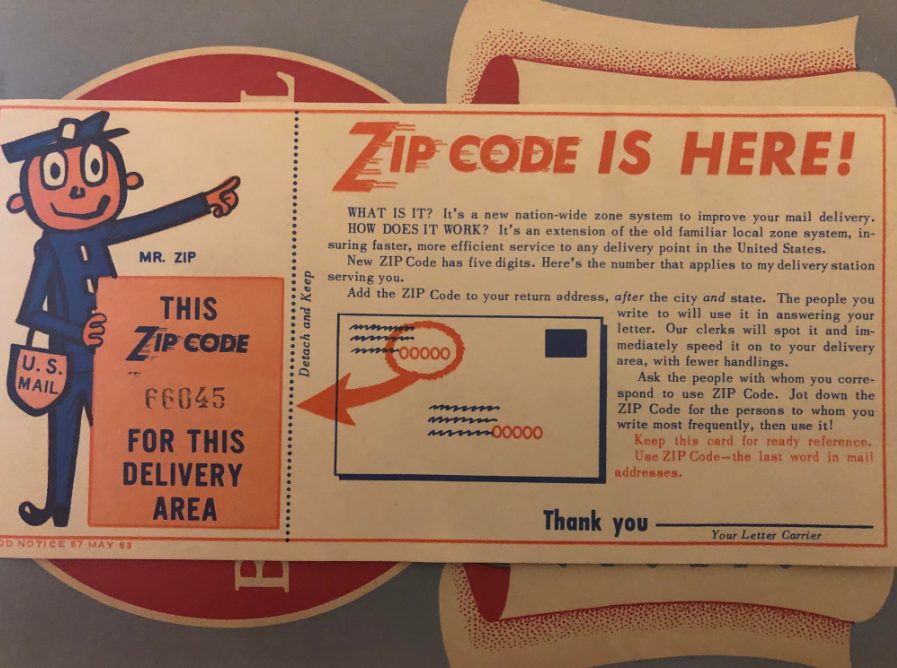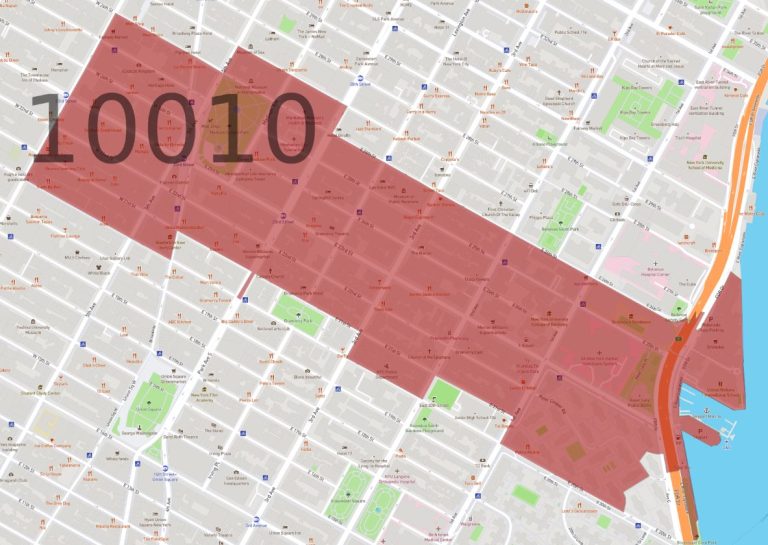When did zip codes start to shape the way we send and receive mail? It’s a question that delves into the heart of postal efficiency and innovation. The answer takes us back to a time of rapid growth and the need for a streamlined system.
Contents
The Birth of the ZIP Code
The year was 1963, a time of cultural shifts and technological advancements. Amidst this backdrop, the United States Postal Service (USPS) introduced a revolutionary concept: the Zone Improvement Plan (ZIP) code. This five-digit code system aimed to simplify and accelerate mail sorting and delivery across the nation.
Why “ZIP” Code?
The term “ZIP” was strategically chosen to emphasize speed and efficiency. It was a clever marketing ploy that resonated with the public and became an integral part of addressing envelopes and packages.
The Need for a New System
Before ZIP codes, the postal system relied on a less organized network of postal zones and city names. As the population grew and mail volume surged, this system became increasingly cumbersome and inefficient.
The USPS recognized the need for a more structured approach. The introduction of ZIP codes was a response to this challenge, promising to streamline operations and reduce delivery times.
Early Adoption and Challenges
Initially, ZIP codes were not mandatory. The USPS embarked on a public awareness campaign to encourage adoption, highlighting the benefits of faster and more accurate mail delivery. However, some businesses and individuals were hesitant to embrace this new system, viewing it as an unnecessary change.
Overcoming Resistance
The USPS persevered, demonstrating the value of ZIP codes through improved service and targeted outreach. Over time, businesses and the public recognized the advantages of this standardized system, leading to widespread adoption.
The Evolution of ZIP Codes
Since their inception in 1963, ZIP codes have undergone significant evolution. In 1983, the USPS introduced ZIP+4, an extended code that added four digits to further pinpoint specific delivery locations. This enhancement proved invaluable for businesses and organizations that relied on precise mail delivery.
Technological Integration
With the rise of computers and automation, ZIP codes became even more critical. They enabled automated sorting machines to quickly process and route mail, significantly increasing efficiency and reducing manual labor. Today, ZIP codes are seamlessly integrated into digital addressing systems and online shipping platforms.
The Impact of ZIP Codes
ZIP codes have had a profound impact on various aspects of American life:
- Mail Delivery: The primary goal of ZIP codes was to improve mail delivery. They have undoubtedly achieved this, enabling faster, more accurate, and cost-effective mail services.
- Business Operations: Businesses rely on ZIP codes for targeted marketing campaigns, demographic analysis, and efficient logistics. They are essential for reaching the right customers and optimizing delivery routes.
- Emergency Services: ZIP codes play a crucial role in emergency response. They help dispatchers quickly identify the location of distress calls and direct first responders to the scene.
- Geographic Data: ZIP codes have become a standard for organizing geographic data. They are used in mapping, demographic studies, and various research applications.
ZIP Codes in the Digital Age
In the digital age, when did zip codes start to transition from a physical addressing system to a digital tool? The answer is gradual but significant. While ZIP codes still appear on envelopes and packages, they are increasingly used in online forms, e-commerce platforms, and GPS navigation systems.
Beyond Mail Delivery

ZIP codes now serve a broader purpose. They help businesses personalize online experiences, offer location-based services, and analyze customer data. They are a fundamental building block of the digital economy.
The Future of ZIP Codes
As technology continues to advance, the role of ZIP codes is likely to evolve further. They may become integrated with emerging technologies like augmented reality and blockchain for enhanced security and traceability in supply chains.
Read More: What is the Lowest ZIP Code in the United States? Unveiling a Postal Curiosity
Ensuring Relevance
The USPS recognizes the importance of keeping ZIP codes relevant in a changing world. It constantly updates and refines the system to meet the demands of modern communication and commerce.
In conclusion, when did zip codes start? The answer is 1963, a pivotal year that marked the beginning of a transformative journey. ZIP codes have evolved from a simple addressing system to a multifaceted tool that underpins mail delivery, business operations, and digital services. Their enduring relevance speaks volumes about their effectiveness and adaptability in a rapidly changing world.





